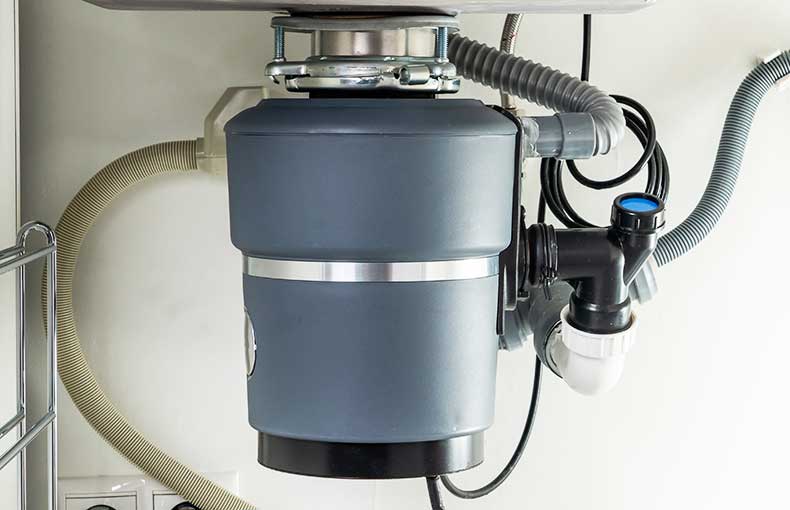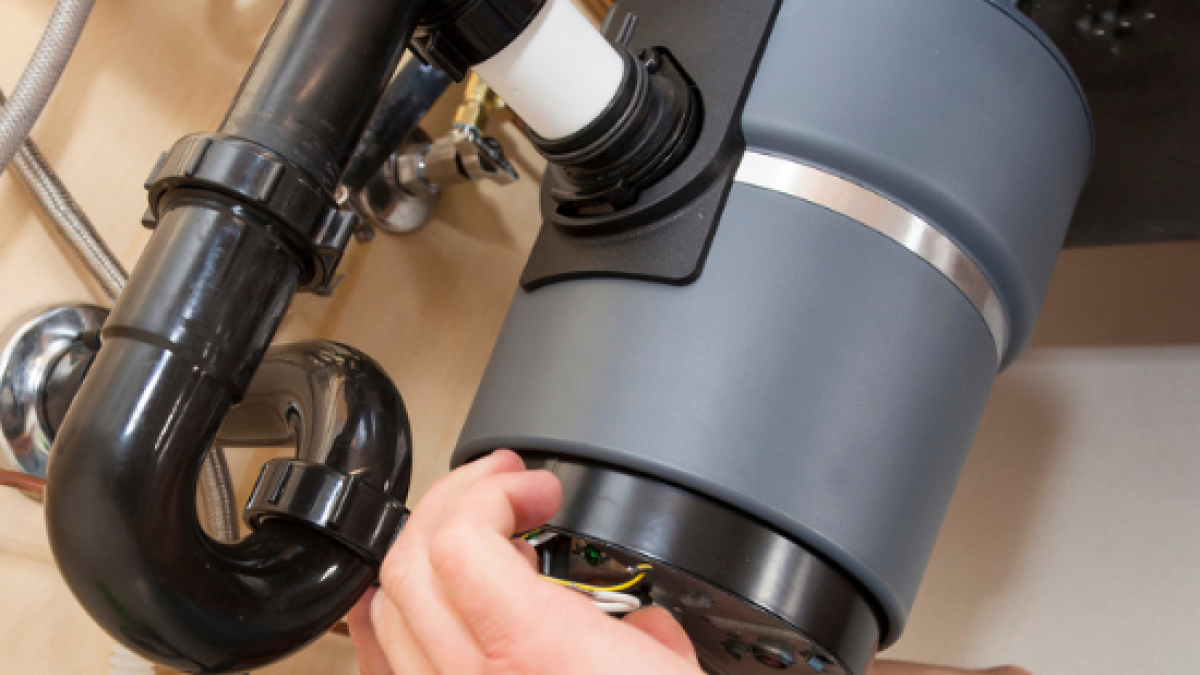My Comprehensive Guide to Fixing a Leaky Garbage Disposal
My Comprehensive Guide to Fixing a Leaky Garbage Disposal
Blog Article
Just about every person maintains their own idea about Why Is .

Waste disposal unit are essential kitchen area home appliances that help in disposing of food waste effectively. However, a dripping garbage disposal can be a discouraging and untidy trouble to manage. Fortunately, many leakages can be dealt with quickly with a couple of simple steps. In this article, we will certainly review exactly how to repair a leaking garbage disposal efficiently.
Introduction
Garbage disposals are installed under kitchen area sinks and are made to shred food waste right into smaller sized pieces, allowing it to go through the pipes system easily. While these devices are normally reliable, leaks can occur in time as a result of wear and tear, loose connections, or damages to the system.
Usual Root Causes Of Leaks in Rubbish Disposals
Worn Seals and Gaskets
Seals and gaskets play an important duty in preventing water from leaking out of the waste disposal unit. Gradually, these parts can weaken, bring about leaks around the disposal unit.
Loose Links
The connections in between the garbage disposal and the plumbing system can come to be loosened over time, triggering water to leak out throughout operation.
Splits or Holes in the Disposal System
Physical damage to the waste disposal unit, such as cracks or holes in the housing, can likewise lead to leaks.
Determining the Resource of the Leak
Before trying to fix a leaking waste disposal unit, it is necessary to identify the source of the leakage. This can typically be done with visual examination or by carrying out simple tests.
Visual Evaluation
Evaluate the garbage disposal unit very carefully for any indications of water leak. Pay close attention to locations around seals, gaskets, and connection points.
Examining for Leakages
One method to test for leaks is by running water via the disposal device and checking for any type of noticeable indications of leak.
Tools and Products Needed for Dealing With a Dripping Waste Disposal Unit
Before starting the repair service procedure, collect the required tools and products, including a screwdriver, flexible wrench, plumbing technician's putty, replacement seals or gaskets, and epoxy or patching material for fixing cracks or holes.
Step-by-Step Overview to Fixing a Leaking Garbage Disposal
Switch off the Power
Prior to trying any type of fixings, make sure that the power to the garbage disposal system is shut off to stop the threat of electrical shock.
Locate the Leak
Identify the specific place of the leakage and figure out the cause.
Tighten up Connections
Use a wrench to tighten up any kind of loosened links between the disposal device and the pipes system.
Replace Seals or Gaskets
If the leak results from used seals or gaskets, eliminate the old parts and replace them with brand-new ones.
Patching Splits or Openings
For fractures or openings in the disposal system, usage epoxy or an appropriate patching material to seal the broken area.
Checking the Garbage Disposal After Repair Work
As soon as the repair is total, evaluate the garbage disposal by running water through it to guarantee that the leakage has actually been dealt with.
Preventive Maintenance Tips to Prevent Future Leaks
To prevent future leakages, it is important to execute regular upkeep on your garbage disposal. This includes maintaining it clean, preventing placing non-food products or difficult items down the disposal, and occasionally looking for leakages or various other concerns.
Conclusion
Finally, fixing a leaking waste disposal unit is a reasonably simple procedure that can be finished with fundamental tools and materials. By adhering to the actions detailed in this post and exercising preventive maintenance, you can keep your waste disposal unit in good working condition and prevent pricey repair work in the future.
HERE’S HOW TO FIX YOUR GARBAGE DISPOSAL
WHAT TO DO IF SOMETHING IS STUCK IN YOUR GARBAGE DISPOSAL
If the impeller won’t turn, there’s probably something stuck in the disposal. It could be a steak bone or peach pit, although plumbers report pulling all sorts of inappropriate objects out of disposals, such as bottle caps or aluminum foil. Make sure power to the disposal is off, and look inside to see if you can see the source of the jam.
Never stick your fingers in a disposal. Pull out anything you see with tongs or pliers.
If the disposal still won’t work, it may be time to call a plumber or consider buying a new disposal. GEM Plumbing & Heating is here for all of your garbage disposal needs.
WHAT TO DO IF YOUR GARBAGE DISPOSAL DRAIN IS CLOGGED
Take everything out from underneath your sink and put a bucket or other container under your disposal to catch any water that drains out. Disconnect your disposal from the power supply. If it’s plugged into a wall outlet, unplug it. If it’s hardwired into an electrical box, go to the electrical panel and turn off the breaker for the disposal. Pour ¼ cup of baking soda into the drain, followed by ½ cup of white vinegar. Give the solution a few minutes to fizz and do its work. Look into the disposal with a flashlight to see if you can see an object that might be causing the clog. If you see it, remove it using tongs or pliers. MORE TIPS ON DEALING WITH A CLOGGED GARBAGE DISPOSAL
Never use drain cleaner in a garbage disposal. It can damage the plastic parts inside the disposal. You can also be splashed with the caustic liquid while working to clear the clog. Beware! Never stick your fingers into a garbage disposal. Trust us — not a good idea. In many instances, your dishwasher drains through your garbage disposal. This allows the disposal to grind any large food particles that may be drained out of your dishwasher. There are some jurisdictions, however, where the plumbing code prohibits such a connection. WHAT TO DO WHEN YOUR DISHWASHER DRAINS THROUGH THE DISPOSAL
Run some water in the sink so your plunger has at least a ½-inch of water to create a seal and plunge vigorously up and down several times. You may need to repeat this several times. Run hot water down the drain to clear any residue that remains.

I'm certainly very fascinated with Why Is and I am assuming you enjoyed reading my piece. If you enjoyed our blog entry kindly do not forget to share it. Thanks for your time. Kindly pay a visit to our site back soon.
View Report this page